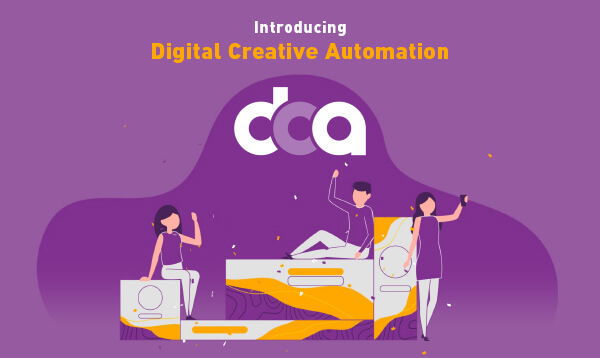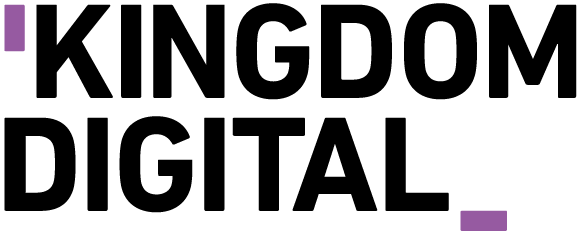
We live in a content-saturated world today – an average person reportedly sees over 5,000 ads per day.1 As brands are constantly vying for consumers’ attention at every swipe and scroll, consumers’ expectation for ads with relevant messages and compelling creatives continue to increase. This leads to consumers easily tuning out ads that they find irrelevant.
While brands understand the power of personalisation, when it comes to execution most brands find it challenging to translate a single idea into a variety of creatives and content that resonate with different audiences. Here are the top 3 challenges brands typically face:

1. Diversifying creatives can be time-consuming
A study by Adobe revealed that time is the top barrier for marketers in personalising content and creatives.2 It also disclosed that it takes an average of 12 days to get a single piece of content to market.2 For brands with varied services and offerings, sticking with traditional ad production processes may result in needlessly spending time on repetitive adaptation tasks. The creative team will also have less time to focus on the strategic and design aspect for quality ads.
2. Lack of resources/workforce to produce at scale
A high volume of creative iterations is crucial for effective personalisation. As budgets and timelines aren’t usually agile, brands may lack the dedicated resources needed to generate multiple ad variations. They may incur higher overhead costs if they decide on either expanding their workforce or investing in more resources to cope with the demand. Alternatively, if brands decide to continue serving generic ads at scale, they may experience higher cost-per-acquisition rates due to ad fatigue.
3. Slow technology adoption
Brands should embrace technology to help them achieve personalisation at scale. However, technology adoption is still slow among most brands. This is mainly because some brands lack awareness that such technology exists while others are uncertain on how to incorporate it into their traditional and manual creative process. Aside that, adopting new technology is costly and integration can be difficult – these may hinder some brands from committing to it as well.
Drive creative relevance with creative automation
Creative automation is a promising way for brands to tackle these challenges in achieving personalisation at scale. By automating the creative process, brands can produce large volumes of assets and cut the time-to-market in half. This helps brands save time and cost, which in turn, offers better ad experiences for consumers as the content matches their needs.

Get started with DCA
Our Digital Creative Automation (DCA) service helps in streamlining the creative process to produce quality and relevant creatives within a short time. With DCA, there will be no technology integration needed as the creative process remains the same. However, the adaptation process is sped up to produce higher volume of creative assets in various formats such as static images, interactive HTML5 banners, and even video animations. This drastically reduces the creative production time while allowing for adequate testing.
How DCA scaled creatives for a top Southeast Asian brand
A top Southeast Asian brand, with multiple product offerings, was keen on targeting a large pool of consumers across 6 nations. This meant that the brand needed digital ads in different languages with varied messaging and creatives to appeal to different audience sets.
With DCA, we helped the brand:
- Produce 7,000 units of localised creative assets in 2 weeks, which normally takes 2 months
- Achieve 80% reduction in required resources
- Save 80% in overall campaign cost
Looking to scale your digital ad campaign? We’d be happy to help you get started with DCA. Get in touch with us today.
This article is the second of our 2-part series on personalised marketing. Read part 1 where we outline the top 3 reasons why personalisation matters.

